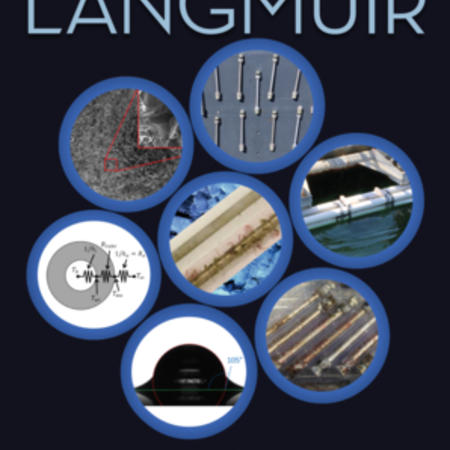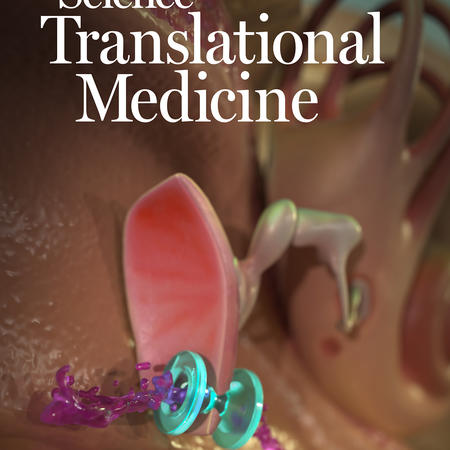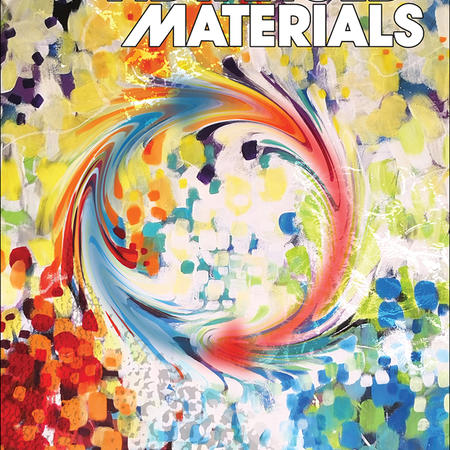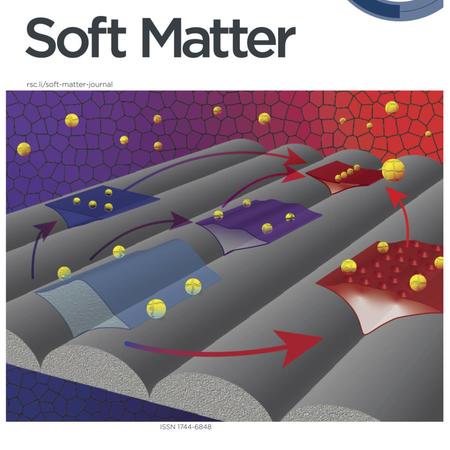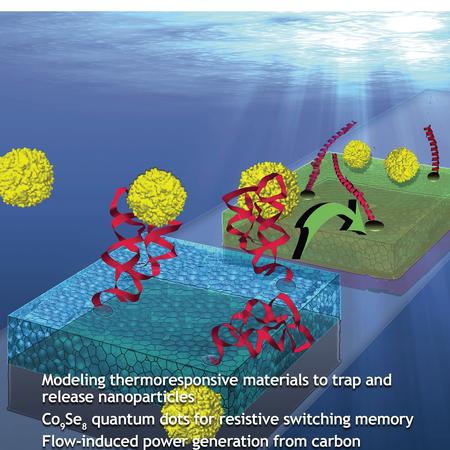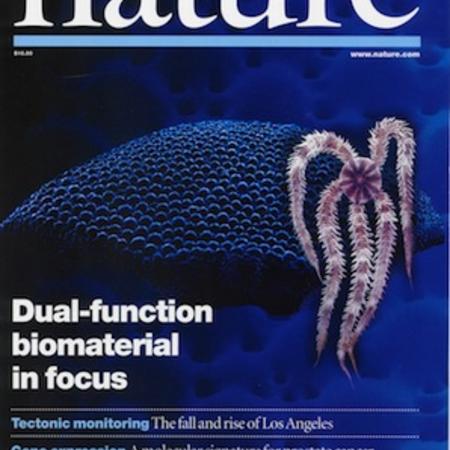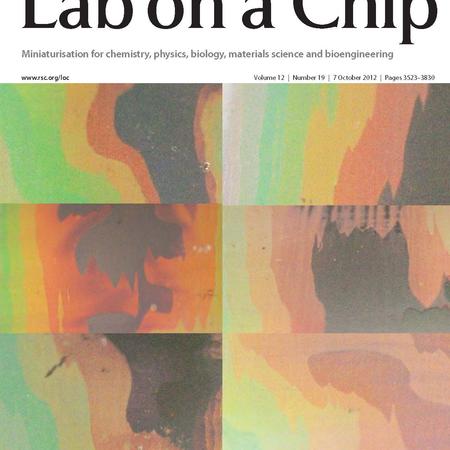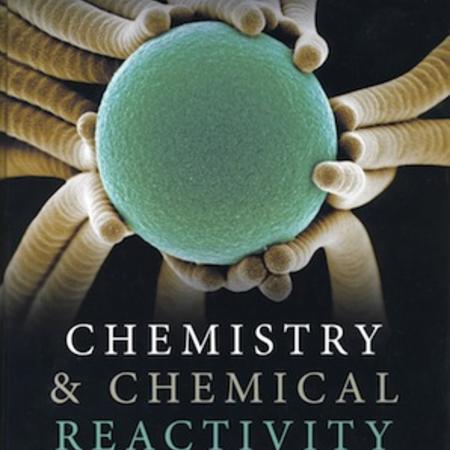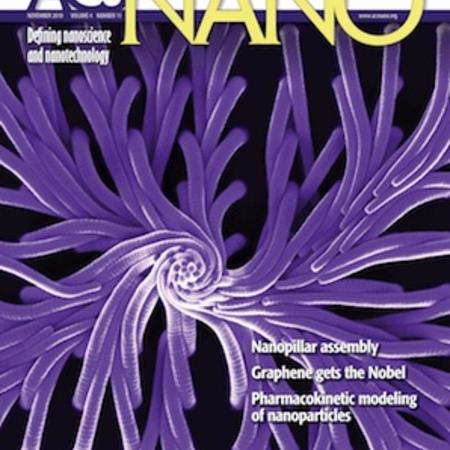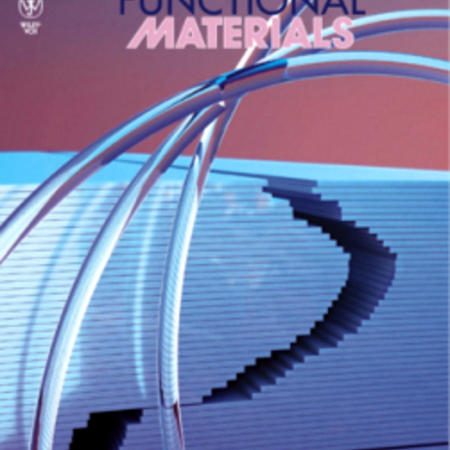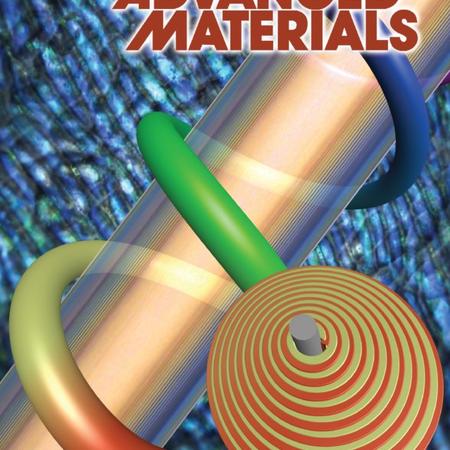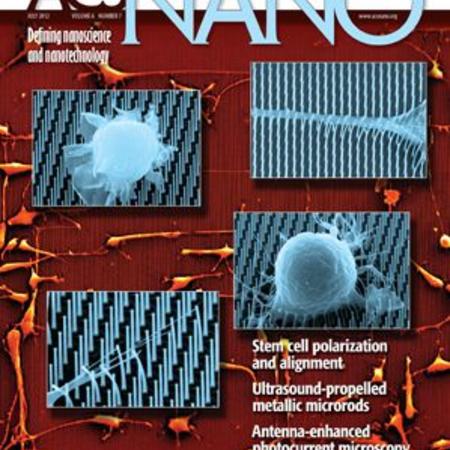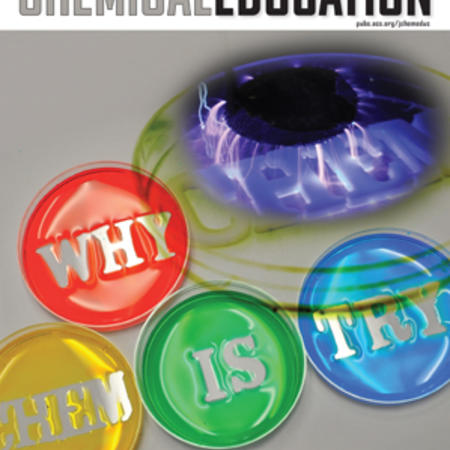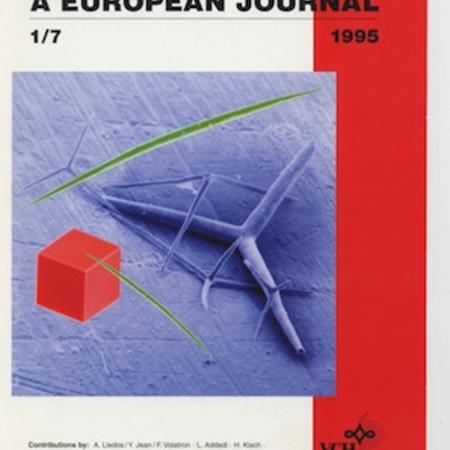Citation:
Date Published:
2016Abstract:
Inspection devices are frequently occluded by highly contaminating fluids that disrupt the visual field and their effective operation. These issues are particularly striking in endoscopes, where the diagnosis and treatment of diseases are compromised by the obscuring of the operative field by body fluids. Here we demonstrate that the application of a liquid-infused surface coating strongly repels sticky biological secretions and enables an uninterrupted field of view. Extensive bronchoscopy procedures performed in vivo on a porcine model shows significantly reduced fouling, resulting in either unnecessary or ∼10–15 times shorter and less intensive lens clearing procedures compared with an untreated endoscope.
Camera-guided instruments, such as endoscopes, have become an essential component of contemporary medicine. The 15–20 million endoscopies performed every year in the United States alone demonstrate the tremendous impact of this technology. However, doctors heavily rely on the visual feedback provided by the endoscope camera, which is routinely compromised when body fluids and fogging occlude the lens, requiring lengthy cleaning procedures that include irrigation, tissue rubbing, suction, and even temporary removal of the endoscope for external cleaning. Bronchoscopies are especially affected because they are performed on delicate tissue, in high-humidity environments with exposure to extremely adhesive biological fluids such as mucus and blood. Here, we present a repellent, liquid-infused coating on an endoscope lens capable of preventing vision loss after repeated submersions in blood and mucus. The material properties of the coating, including conformability, mechanical adhesion, transparency, oil type, and biocompatibility, were optimized in comprehensive in vitro and ex vivo studies. Extensive bronchoscopy procedures performed in vivo on porcine lungs showed significantly reduced fouling, resulting in either unnecessary or ∼10–15 times shorter and less intensive lens clearing procedures compared with an untreated endoscope. We believe that the material developed in this study opens up opportunities in the design of next-generation endoscopes that will improve visual field, display unprecedented antibacterial and antifouling properties, reduce the duration of the procedure, and enable visualization of currently unreachable parts of the body, thus offering enormous potential for disease diagnosis and treatment.
Notes:
We thank Dr. M. Aizenberg for helpful discussions; M. Duffy, F. Connolly, and B. Weinstein for assistance with image analysis; and C. Zhang for the algae solution. S.S. thanks the Natural Sciences and Engineering Research Council (NSERC) of Canada for financial support. N.V. acknowledges funding by the Deutsche Forschungsgemeinschaft through the Cluster of Excellence (EXC 315) and the Interdisciplinary Center for Func- tional Particle Systems (FPS) at Friedrich-Alexander University Erlangen- Nürnberg. This work was supported by the Wyss Institute for Biologically Inspired Engineering at Harvard University and National Science Foundation (NSF) Materials Research Science and Engineering Centers (MRSEC) Grant DMR-1420570.
